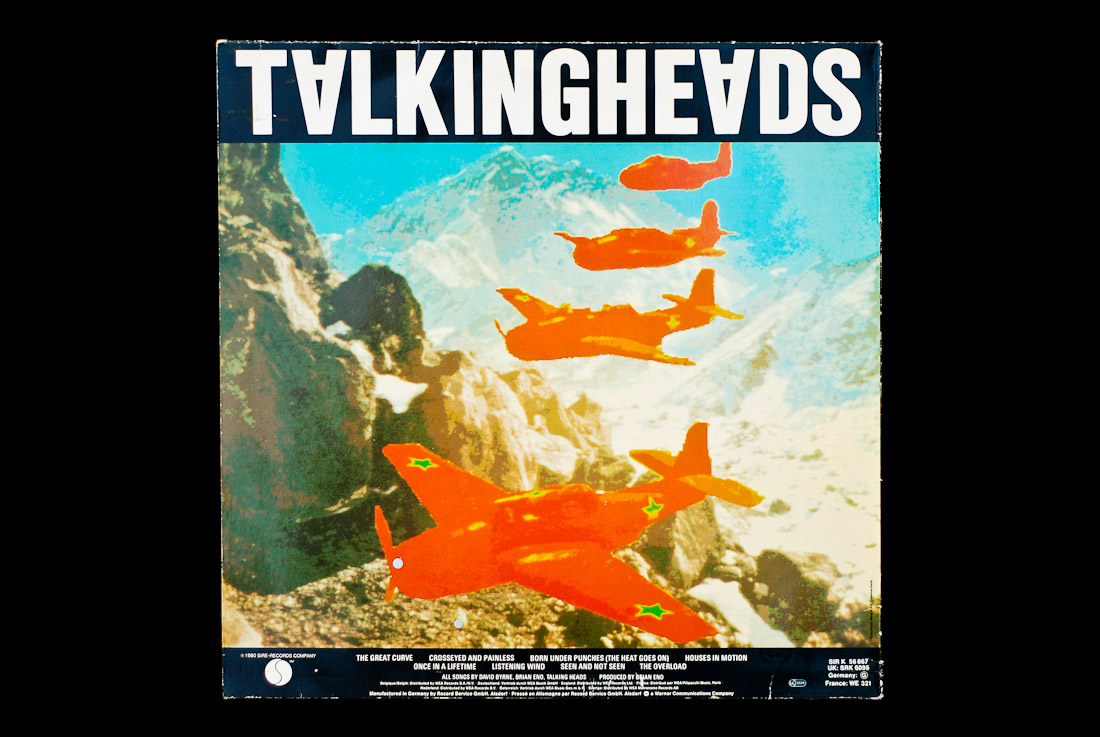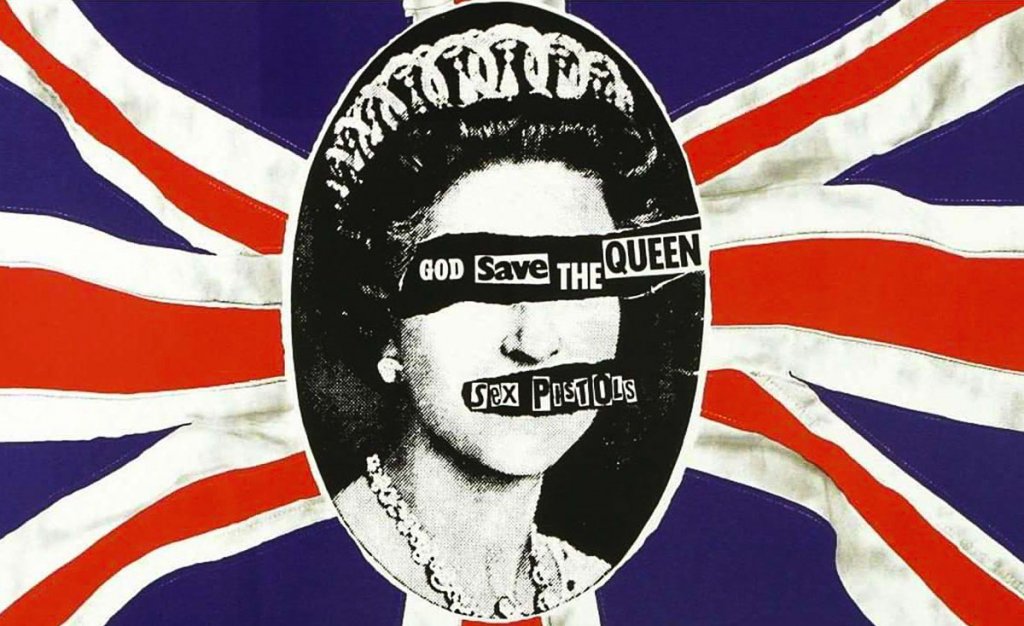As design continues to be subjected to and influenced by its surroundings, one era is getting the recognition it deserves for its significant impact on the course of design history.
The 1960s saw the revolution of Punk Rock, a time when anarchy was trendy, and self-expression was key. The pillars of design were greatly impacted – fashion, art, music, film and even print all embraced the new wave and trickled their influence through the subcultures.
One popular platform for self-expression in this time was the birth of Zine culture. Variable in quality and self-printed, zine culture was a result of design being caught between a time when computers were becoming popular, but print was still a prominent platform for communication. With the help of budding technology and a DIY culture, the zine was a self-published work that focused on the world of music, art and self-expression. Although short-lived, the zines, fliers and posters produced by punk were very influential to design practice, so much so that even to this day they are being given a closer look by historians and curators.
On June 16, curator and designer Andrew Blauvelt opened a comprehensive exhibition at Cranbrook Art Museum in Michigan. Too Fast to Live, Too Young to Die: Punk Graphics, 1976-1986, showcases a collection of graphic ephemera of the Punk Rock era including its visual influence used by musicians, fans and designers.
The exhibition untangles and investigates the visual strategies used, building a framework that suggests how the punk ethos influenced design history. Blauvelt argues “The kinds of rule breaking that was happening aesthetically and typographically was being done because they couldn’t care less, or they never learned the rules”. This was highly influential on graphic design and opened up the profession to experimentation and rule-breaking well before the notion of ‘Deskilling’ was conceptualised in the 1980s, in which the computer democratised the tools of design.
The exhibition included a cull of the punk archives, from the work of Jamie Reid for the Sex Pistols, to selections from Peter Saville for Factory Records, Joy Division, and New Order. The Talking Heads’ Album Remain in Light was also a topic of influence. Designed by band members Chris Frantz, Tina Weymouth and Tibor Kallman, the back cover showed an image of the Himalayas, with a fleet of red war planes foregrounded. It pays homage to the era of punk as the art was created by both trained and untrained designers with the aid of early computers, and a vivid mix of appropriation and agitprop.

Blauvelt’s exhibition nods to the transgressive practices of the era and how a younger generation of designers are being influenced by the work. Fleeting in its phase, punk still lives on in design, where breaking rules and DIY culture is prominent in design schools and practice today. You can see its influence throughout the maker movement as well as the art net movement and the re-interest in New Wave design.
To conclude, Blauvelt writes
Although punk may have been too fast to live, it was not, however, too young to die.
Source: FastCompany

